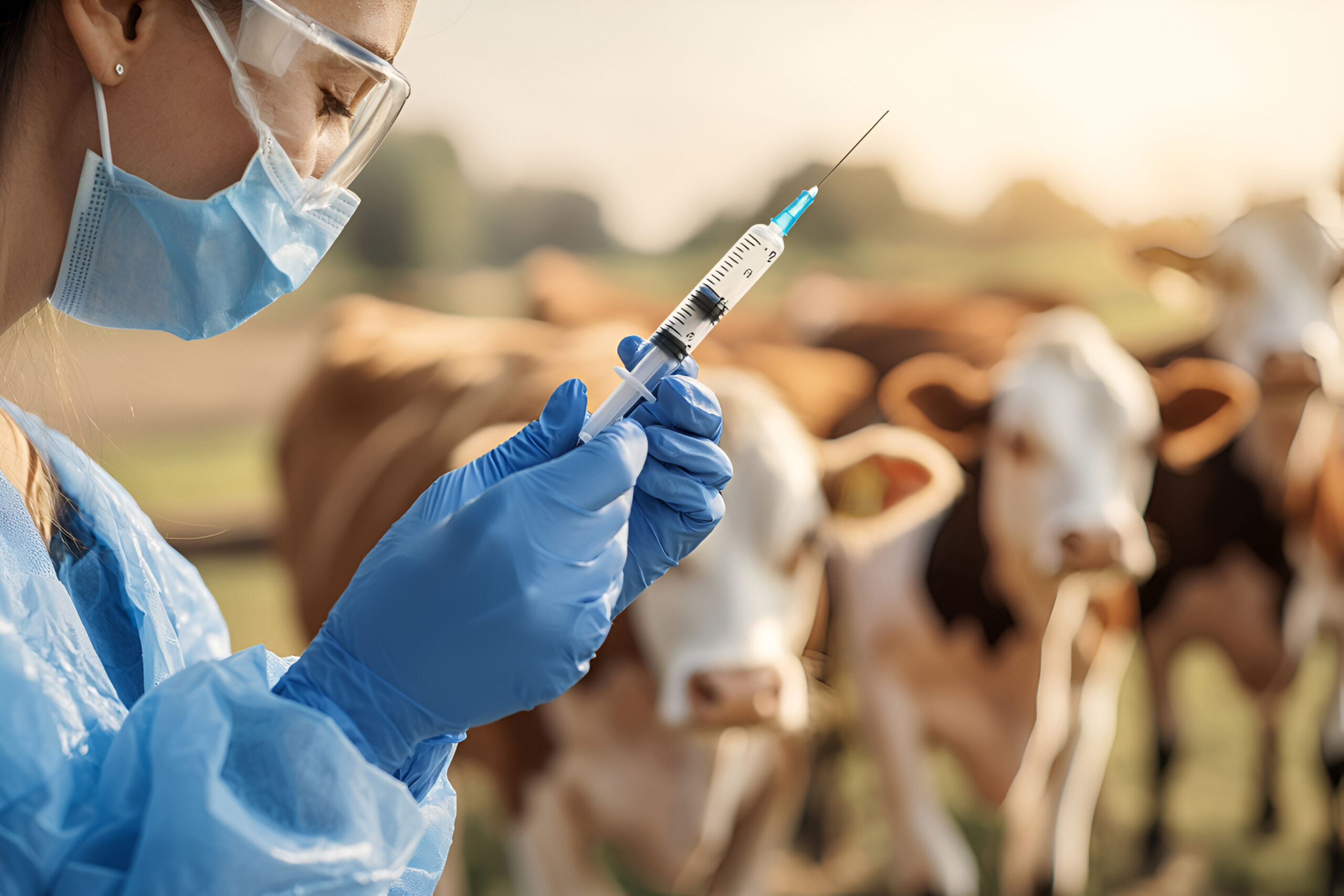There’s no question that medical school gave me the knowledge and technical skills I needed to become a doctor. I still remember the hours in anatomy lab, the detailed lectures on physiology, and the seemingly endless rounds during residency. That foundation was essential. But I learned pretty quickly that truly great care goes beyond textbook knowledge. It has a rhythm, a feel, and an instinct that can’t always be explained in lectures or labs. It’s something deeper. Something closer to intuition.
This is what medical schools often leave out. And in my experience, it’s often the difference between a good physician and one who leaves a lasting impact.
The Unspoken Part of the Job
When I first started practicing, I followed every protocol to the letter. That’s how I had been trained, and it made sense. But over time, I realized that not every patient fits neatly into the guidelines. People are complex. Their symptoms might not match the case studies we read in school. Their histories are filled with nuance and emotion. And their fears and hopes don’t show up on imaging.
That’s where intuition comes in. It’s what lets you pause when something doesn’t feel quite right, even when the labs look normal. It’s the little nudge that tells you to ask one more question, to look one more time, or to dig a bit deeper.
I’ve had moments where listening to that inner voice has led to a crucial diagnosis or helped avoid a serious complication. And just as importantly, it’s helped me show up more fully as a human being when my patients needed emotional support as much as medical expertise.
Learning to Listen
Intuition, I’ve found, is really about listening. Not just to patients, but to yourself. It’s being present in the room, fully engaged with what someone is saying, and also with what they’re not saying. It’s paying attention to body language, tone of voice, or a sudden shift in mood. These cues are subtle, but they often point to the heart of what someone is really experiencing.
I once treated a patient who came in for persistent headaches. All of the scans were clear. Blood work was normal. But something didn’t sit right with me. She seemed anxious, guarded. I asked if anything had changed in her life recently. She hesitated. Then, slowly, she opened up about a traumatic experience she’d had a few months earlier. That moment of trust changed everything. We were no longer treating just a symptom. We were treating the whole person.
Intuition Doesn’t Replace Science
To be clear, intuition is not a replacement for evidence-based medicine. It’s a complement to it. I still rely on data, guidelines, and clinical research every day. But intuition helps me apply that knowledge in a way that’s tailored to the individual in front of me. It helps me stay open to possibilities and keep the bigger picture in mind.
Some of the best doctors I know are not the ones with the highest test scores or the longest list of credentials. They are the ones who can read a room, comfort a grieving family, and sense when something deeper is going on.
Cultivating the Intangible
So, if medical schools don’t teach intuition, how do we develop it?
I believe it starts with humility. No matter how many years we’ve been practicing, we should never assume we have all the answers. Staying curious and open makes space for intuition to speak.
It also takes reflection. I’ve learned the most from taking time after a case to think about what went well, what I missed, and why I made the decisions I did. These moments of reflection help sharpen that inner compass over time.
Lastly, mentorship plays a role. I’m incredibly grateful to the seasoned physicians who modeled this kind of awareness for me early on. They didn’t just teach me procedures. They showed me how to slow down, pay attention, and care deeply. Now I try to pass that same mindset on to the next generation of doctors.
It’s About More Than Medicine
At the end of the day, being a great physician isn’t just about diagnosing diseases or prescribing treatments. It’s about walking alongside people in some of their most vulnerable moments. That requires skill, yes, but also empathy, patience, and trust.
Medical schools are doing their best to keep up with a rapidly changing field, and I don’t blame them for focusing on hard science. But I hope that more programs start making room for the intangible side of care too. Because in my experience, the heart of medicine isn’t just in the data. It’s in the quiet moments. The subtle signals. The gut feelings. The human connection.
That’s where intuition lives. And that’s where healing often begins.


